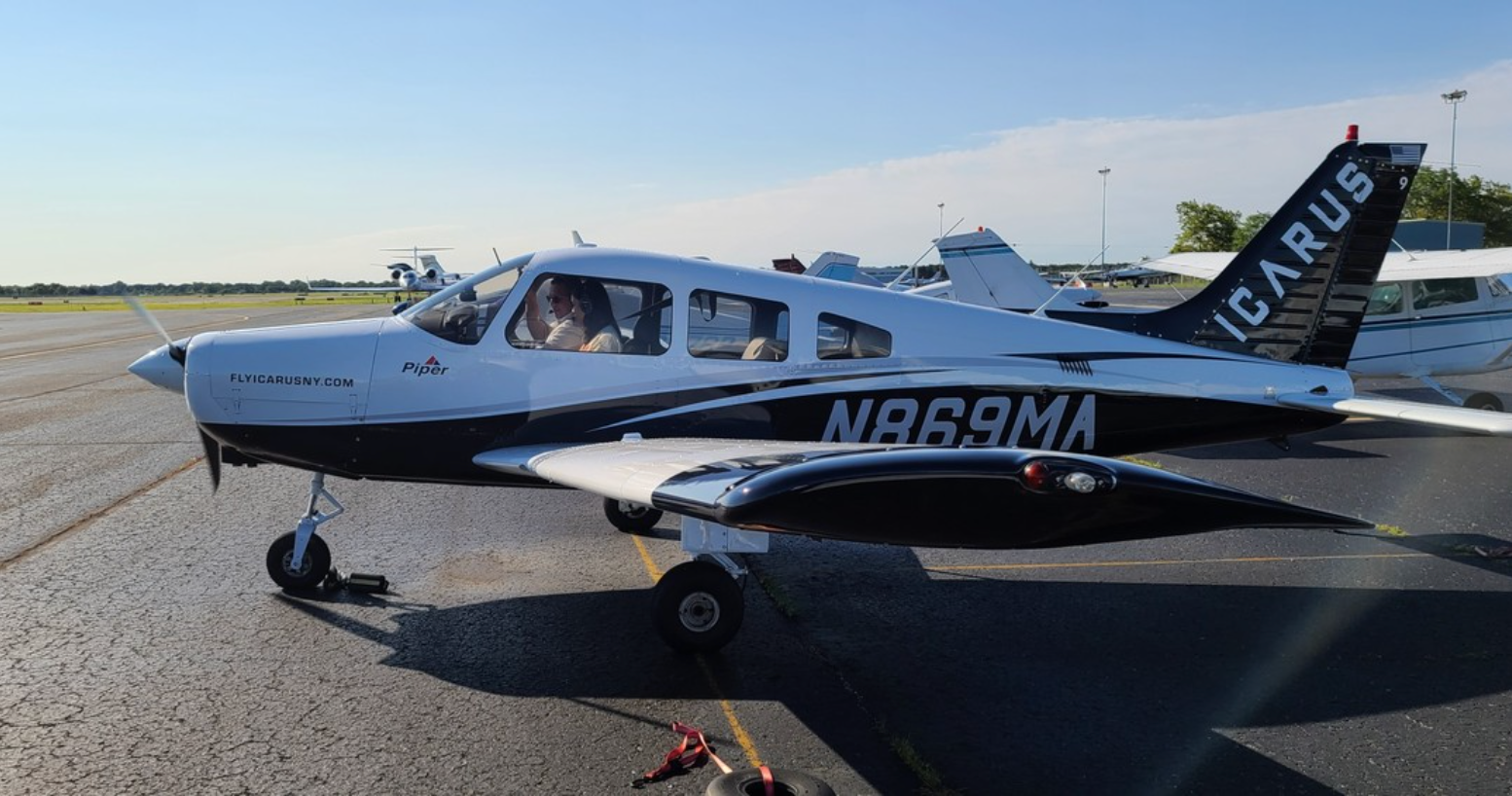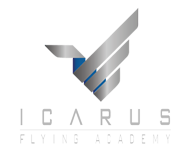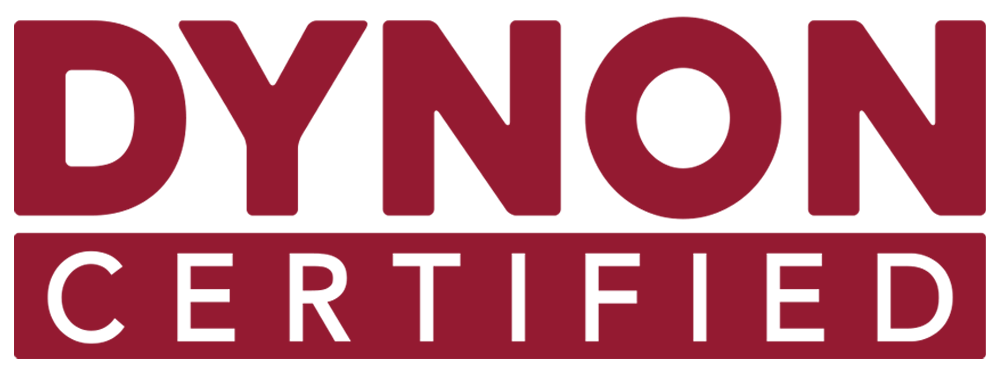INSTRUMENT RATING

Instrument Rating
Adding an Instrument Rating to your private certificate is challenging and no small accomplishment, but the benefits are tremendous. From a practical standpoint, if you are using an airplane for point to point transportation, it allows you to fly on days when the weather is less than perfect (i.e. into IMC or instrument meteorological conditions).

Become a Safer Pilot
An instrument rating does not necessarily make you a better pilot; however, it will make you a safer pilot and teach you to fly with more precision. It also provides extensive exposure to the ATC air traffic control system and is a required step if a Commercial or CFI rating is in your future.


Requirements:
40 hours of actual or simulated instrument time which includes:
- A minimum of 15 hours of instrument flight training from a Certified Flight Instructor (CFII)
- Up to 20 hours of the instrument training may be accomplished in an approved flight simulator or flight training device if the training was provided by a CFII.
- At least one cross-country flight performed under IFR of at least 250 NM along airways or ATC-directed routing
- An instrument approach at each airport
- Three different kinds of instrument approaches
- At least 50 hours of cross-country flight time as pilot in command, which can include solo cross-country time as a student pilot. Each cross-country must have a landing at an airport that is at least a straight-line distance of more than 50 NM from the original departure point.




